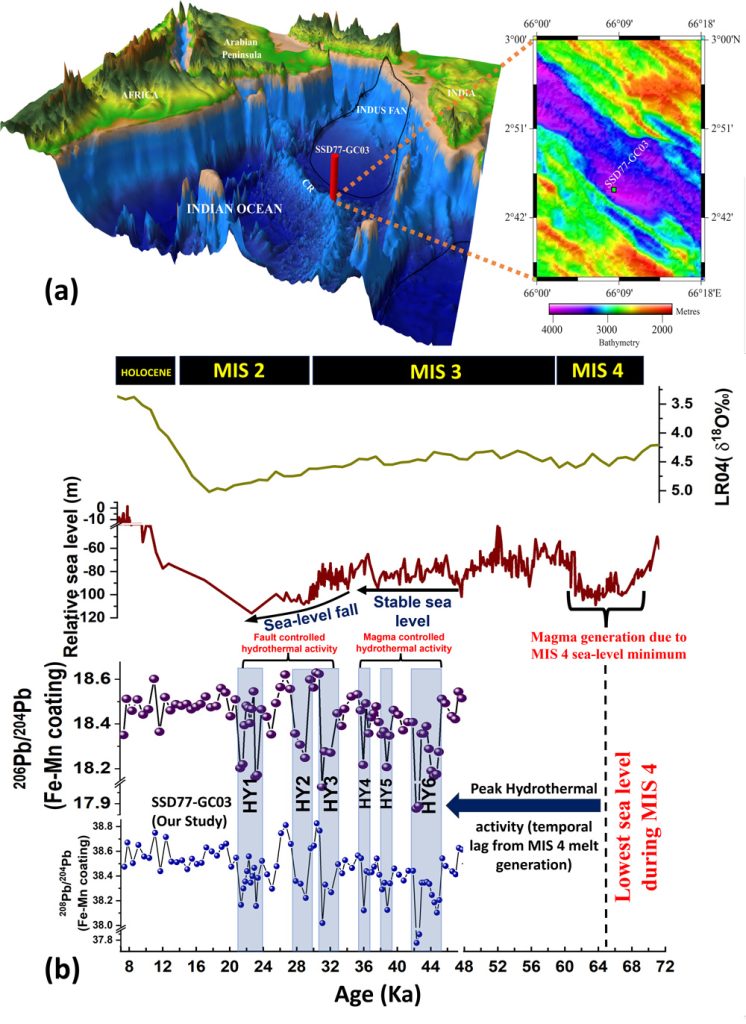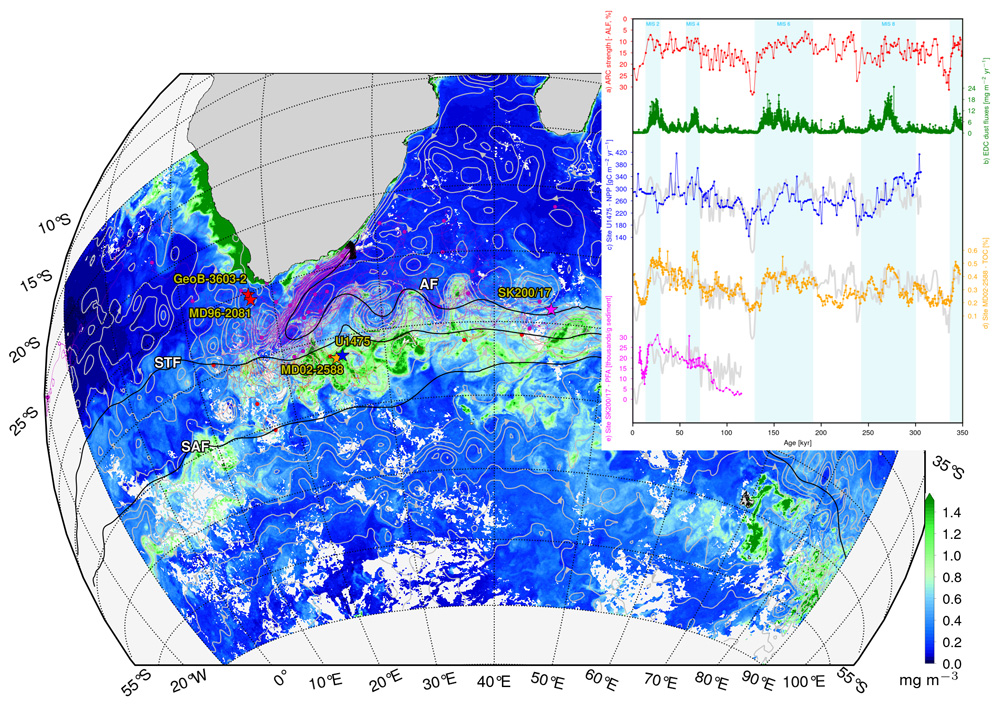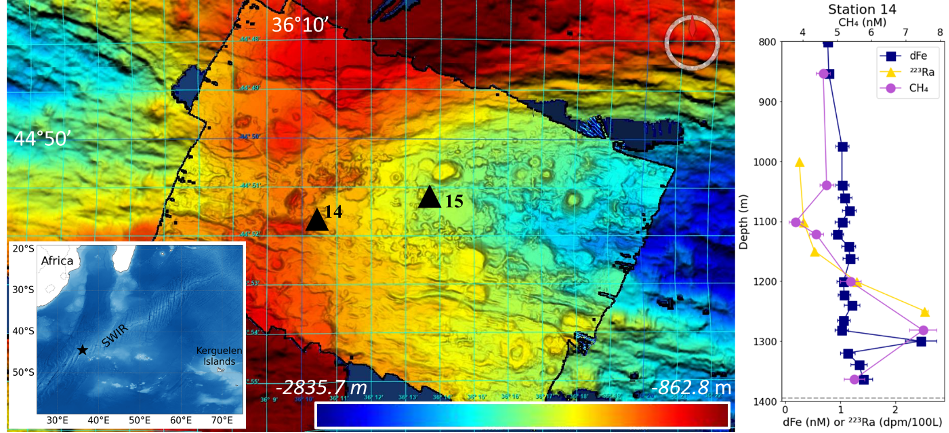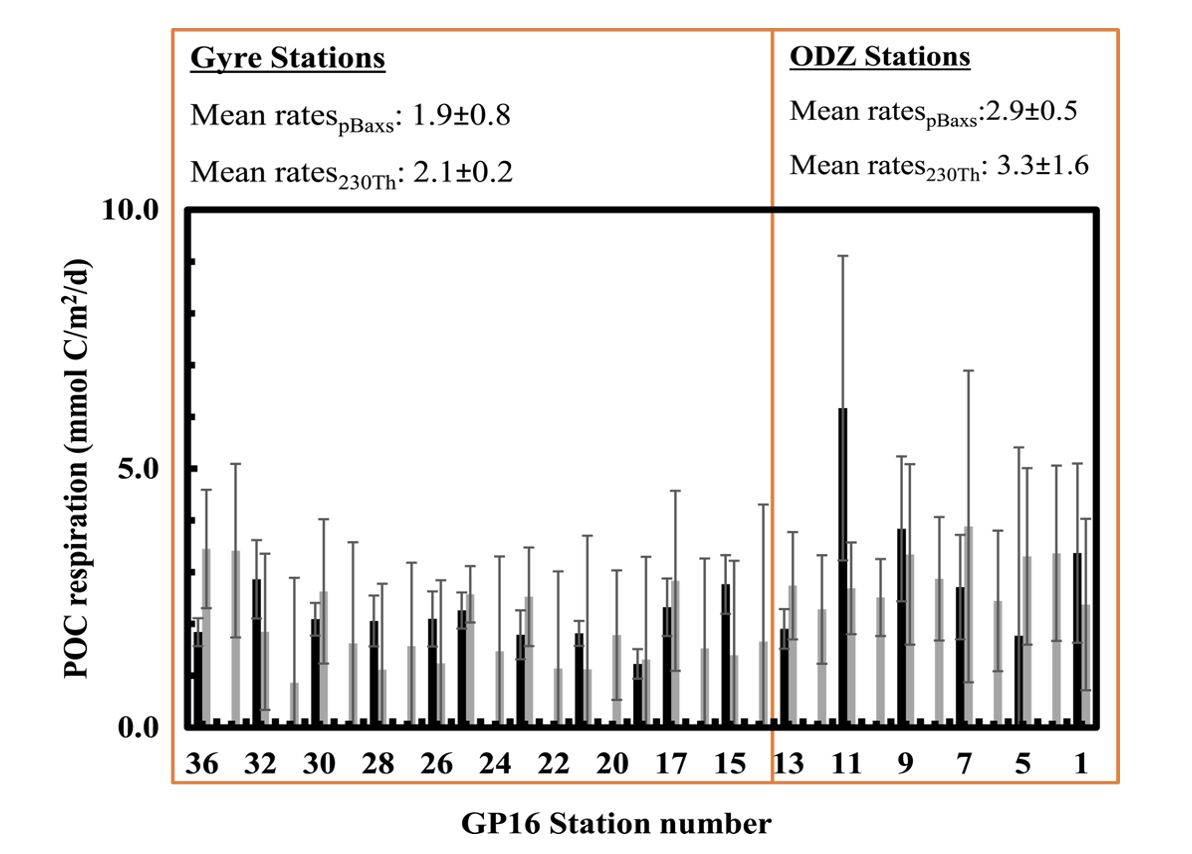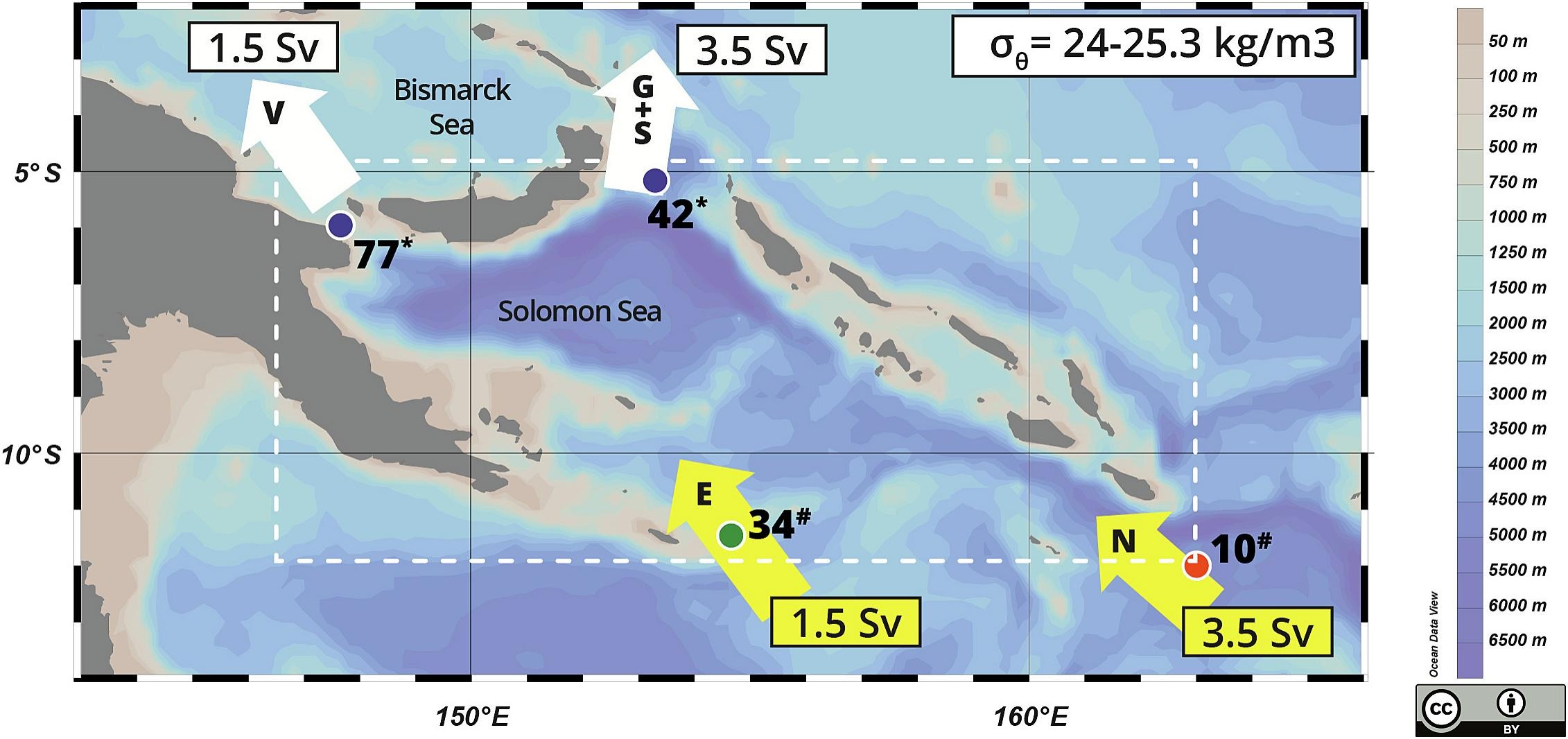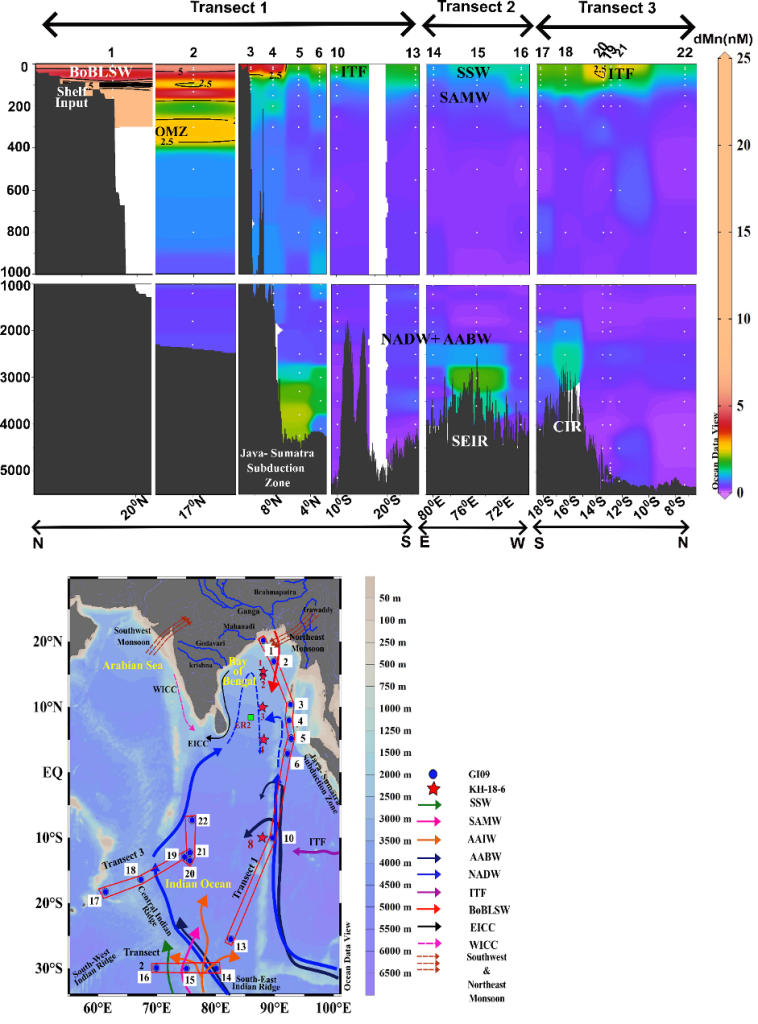Contrasting organic carbon remineralisation rates revealed by particulate excess barium in the North Pacific and South China Sea
Yuan and co-workers quantify organic carbon remineralisation in the twilight zone of the China Sea using particulate excess barium as a proxy…




